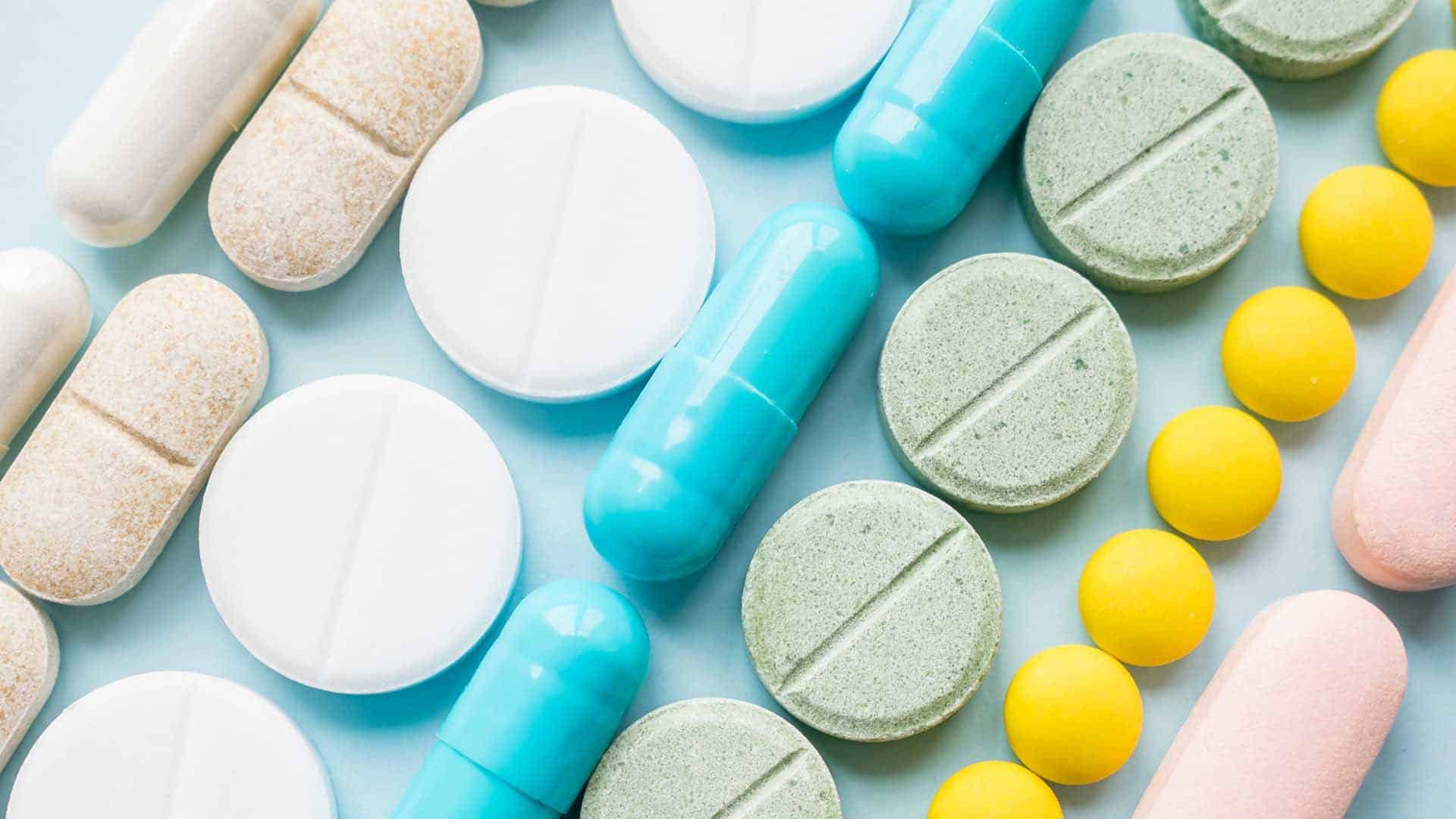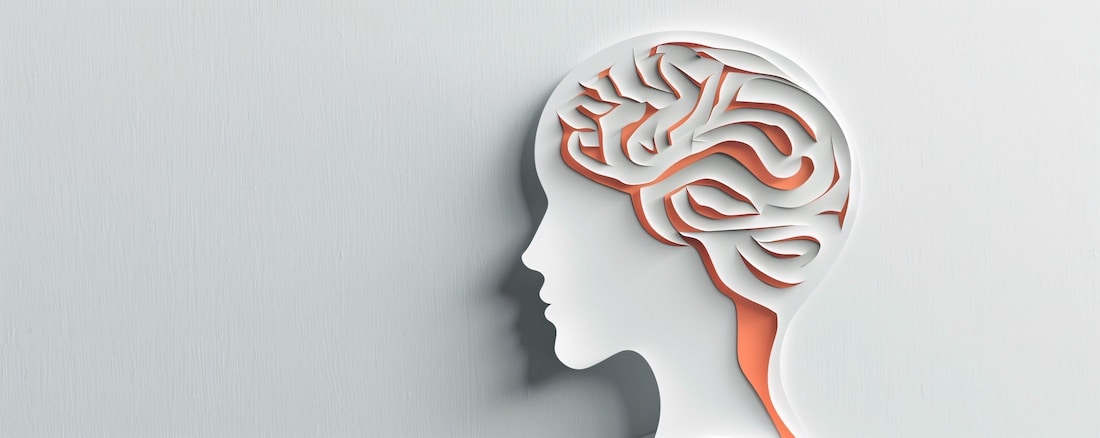
A wide variety of drugs fit into the opioid category. Some are commonly used and prescribed, while others have been proven to not have medical uses for decades now. Keep reading for a list of all opioid drugs and opioid combination products.
What Are Opioids & Opiates?
Opioids (also called opiates), a type of narcotic drugs, were originally created to treat chronic pain. They work by bonding to opioid receptors in the brain and spinal cord to tell the body it is no longer in pain. While opioids still treat many forms of pain, they are also used illicitly for recreational purposes. Some opioids are available as medications that are prescribed by a doctor when over-the-counter medicines don’t work successfully. They may also, ironically, be used to treat opioid dependence and addiction. A majority of opioids are available in immediate-release and extended-release options.
Examples of Opioids & Opiates
Below is a list of pure prescription opioids — that is, drugs that only consist of opioids. Most of the drugs below are used to treat moderate to severe pain. Some drugs come in both generic and brand-name versions and may be available in different forms.
- Morphine sulfate (Kadian, MorphaBond, DepoDur) – available as a capsule, tablet, solution, suppository, and opium tincture
- Codeine sulfate – in the form of an immediate-release oral tablet
- Fentanyl (Fentora, Abstral, Subsys, Actiq) – available as a patch, injectable, & lozenge
- Hydromorphone (Dilaudid, Exalgo) – in the form of an injectable, tablet, oral solution, & suppository
- Levorphanol tartrate – available as an oral tablet
- Oxycodone (Oxaydo, OxyContin, Roxybond) – in the form of a capsule, solution, or tablet
- Oxymorphone (Opana) – available as an oral tablet and injectable
- Tapentadol (Nucynta) – comes in tablet form
- Tramadol (Conzip, Enova Rx) – available as a tablet, capsule, and external cream
- Meperidine hydrochloride (Demerol) – available as a tablet, oral solution, or injectable
- Buprenorphine (Belbuca, Butrans) – in the form of a tablet, injectable, and patch
- Butorphanol – used as a nasal spray
- Oliceridine
- Hydrocodone
- Meperidine
And here are some additional opioid combination products that are also used to treat pain. These products consist of opioids mixed with over-the-counter medications:
- Acetaminophen-caffeine-dihydrocodeine
- Acetaminophen-codeine
- Aspirin-caffeine-dihydrocodeine
- Hydrocodone-acetaminophen
- Hydrocodone-ibuprofen
- Morphine-naltrexone
- Oxycodone-acetaminophen
- Oxycodone-aspirin
- Oxycodone-ibuprofen
- Oxycodone-naltrexone
- Pentazocine-naloxone
- Tramadol-acetaminophen
Effects of Opioid Use
The effects of opioid use depend on which drug you take, how the drug works, how you take them, and other factors. Some of the most common side effects of opioids include constipation, drowsiness, and nausea/vomiting. Opioid users can quickly build a tolerance to the drug they are using. Addiction is likely and withdrawal symptoms are possible after use.
Using Opioids Responsibly
Since opioids are so addictive, it’s important to use them as carefully as possible to avoid dependence. If you have a history of substance abuse or misuse, tell your doctor before beginning to use an opioid prescription. Use your medication according to dosage and talk to your doctor if you experience any side effects. Observe how your body responds to the drug over time. If your pain begins to subside, it is recommended to talk to your doctor and stop using the drug or replace it with an alternative.
To learn more about opioid and opiate drugs, contact our team of substance abuse and medical professionals by calling 267.209.7312.
Sources
https://www.healthline.com/health/opioids-list#takeaway
https://www.webmd.com/pain-management/guide/narcotic-pain-medications
Explore this article:
Explore Our Facilities
Drug and alcohol detox and residential treatment for addiction and mental health disorders
Outpatient treatment center for substance use disorder and mental health disorders
Outpatient treatment center for substance use disorder and co-occurring mental health disorders







